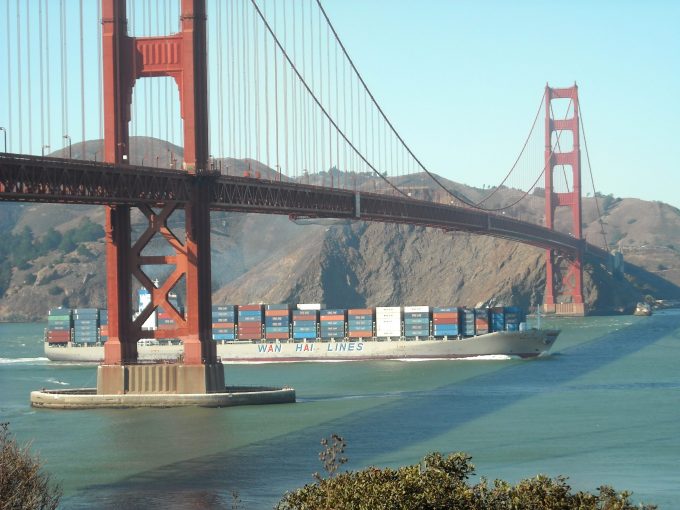White House moves create yet more stormy water on the transpacific
The 90-day tariff moratorium on US imports, except those from China, have failed to keep ...

The Covid freight rate bubble has burst, and the absence of “easy money” is forcing smaller carriers and forwarders to quit the transpacific trade.
According to Richie Lin, logistics consultant director at Team Global Logistics, the inflated freight rates of 2020 and 2021 attracted new players to provide transpacific services in search of quick returns.
He explained: “We saw many when port congestion, a lack of labour and equipment shortages created a once-in-a-lifetime opportunity to make big fortunes.”
Mr Lin said investment had ...
Outlook for container shipping 'more uncertain now than at the onset of Covid'
Shippers warned: don't under-value US exports to avoid tariffs – 'CBP will catch you'
Cancelled voyages take the sting out of spot rate declines this week
New Houthi warning to shipping as rebel group targets specific companies
Teamsters union vows UPS will be 'in for a hell of a fight' over jobs cull
K+N CEO unveils impact of US import tariffs on China-origin goods
Blanked sailings in response to falling demand 'just a stop-gap solution'
CMA CGM to reflag box ship as the French carrier eyes growing Indian market
More pressure on transpacific rates as carriers bet on a China-US trade deal
Boeing looks to resell up to 50 aircraft rejected by Chinese buyers
'Strong start' to 2025, despite market uncertainty, says Kuehne + Nagel
US Customs chaos means 'more downside risk than upside potential' for air cargo
Taiwan ministries act to mitigate effect of trade war on agriculture exports
Wan Hai joins box shipping 'arms race', but avoids Chinese yards for newbuilds
MOL signs up with Climeworks for direct air carbon capture and storage

Comment on this article